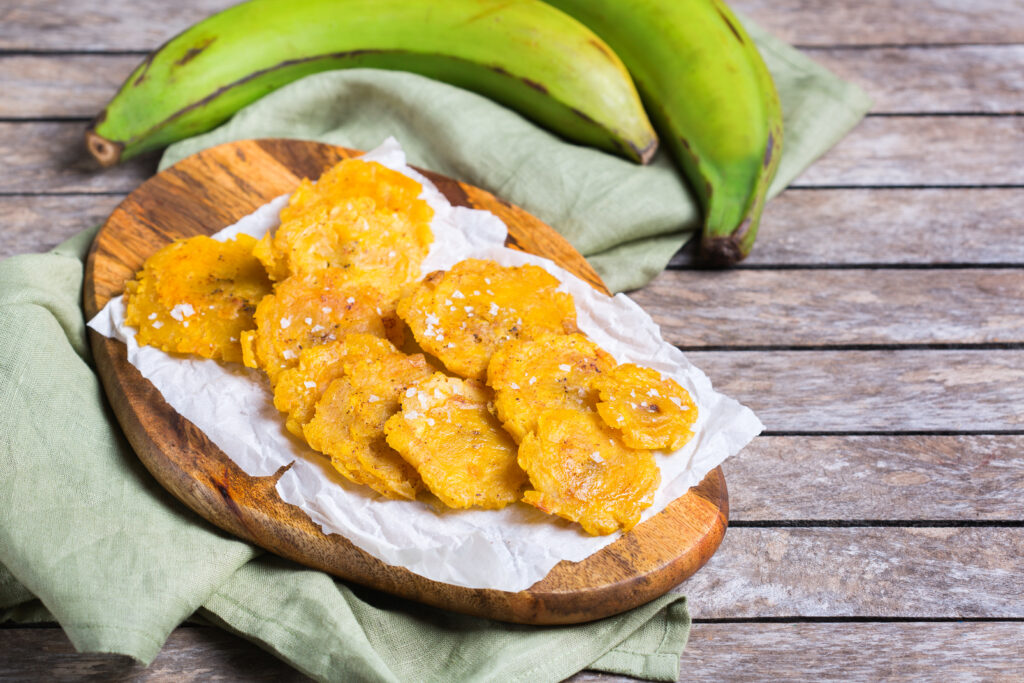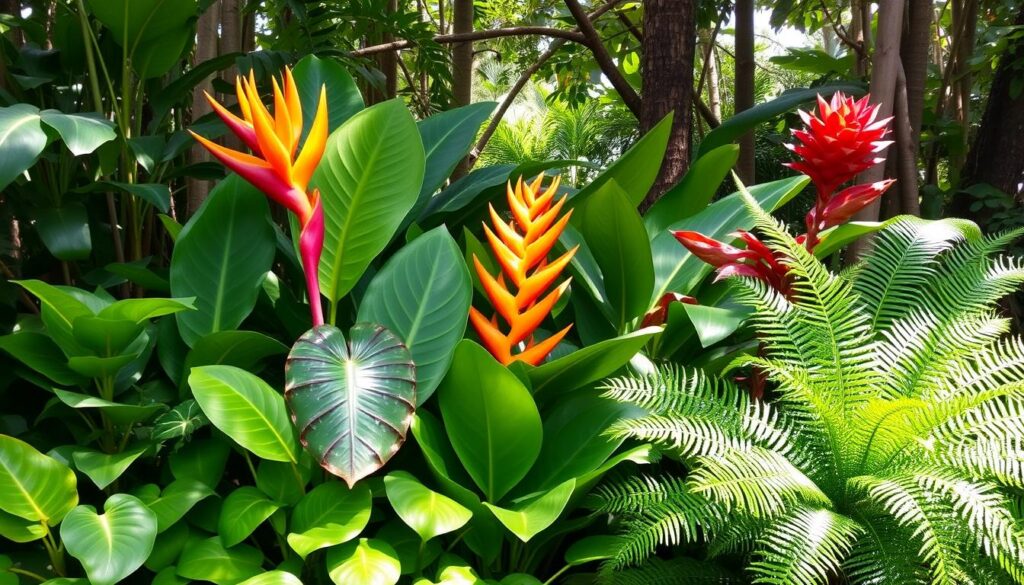What Are Plantains, and Why Are They Gaining Popularity?

Have you ever come across something that looks like a banana but is larger, firmer, and usually served cooked? Welcome to the world of plantains.
These tropical fruits, long cherished in Latin American, Caribbean, and African cuisines, are now making their way into mainstream American kitchens. With their incredible versatility and impressive nutritional value, plantains are becoming a go-to ingredient not only for chefs and foodies, but also for anyone looking to add healthy, flavorful options to their meals.
In this article, we’ll dive into everything you need to know about plantains — from what sets them apart from bananas to how you can easily add them to your diet.
Plantains vs Bananas: What’s the Real Difference?
At first glance, plantains and bananas might look almost identical — but they’re actually quite different in texture, taste, and how they’re used in cooking. The key difference lies in their starch and sugar content: plantains are firmer and starchier, making them perfect for frying, baking, or boiling, while bananas are sweeter and softer, typically eaten raw.
Another important distinction is ripeness. While bananas are usually eaten when fully ripe, plantains can be used at various stages — green (firm and savory), yellow (softer and slightly sweet), or nearly black (very sweet, great for desserts).
Nutritionally, plantains have less sugar and more fiber and potassium than bananas, making them a smart choice for people managing blood sugar or seeking a balanced diet.
Knowing the difference isn’t just trivia — it helps you pick the right fruit depending on your recipe and health goals.
Plantains in the U.S.: From Niche to Mainstream
Not long ago, this kind of plant were mainly found in specialty grocery stores or cultural neighborhoods where Latin American, Caribbean, or African communities thrive. Today, that’s changing — and fast. As American consumers become more adventurous with their food choices and more conscious about nutrition, plantains are making their way into mainstream supermarkets and onto everyday menus.
This shift is fueled by a growing appreciation for global cuisine, along with plantains’ reputation as a healthy, affordable, and incredibly versatile food. From air-fried snacks to hearty side dishes, these plants offer a unique flavor and texture that appeal to both traditional and modern tastes.
Restaurants, food bloggers, and home cooks alike are experimenting creative ways — a clear sign that what was once niche is now becoming a staple in American kitchens.
Nutritional Benefits You Should Know
Plantains aren’t just tasty — they’re also packed with nutrients that can support a healthy lifestyle. Rich in complex carbohydrates and dietary fiber, plantains provide long-lasting energy and help regulate digestion. They’re also an excellent source of potassium, a mineral essential for heart health and proper muscle function.
Unlike bananas, which are high in natural sugars, plantains have a lower glycemic index, especially when consumed green. This makes them a great option for people managing blood sugar levels or looking to reduce their sugar intake without sacrificing flavor.
Plantains also contain vitamin C, which supports the immune system, and vitamin A, which promotes good vision and healthy skin. Whether you’re aiming for better digestion, improved energy, or heart support, plantains can be a smart and delicious addition to your diet.
How to Cook with Plantains: Easy and Delicious Ideas
One of the best things about plantains is how incredibly versatile they are in the kitchen. Depending on their ripeness, you can prepare them in a variety of ways — from savory to sweet dishes. Here are some easy and popular ways to enjoy plantains at home:
- Green (Unripe): These are perfect for savory recipes. Slice them and fry to make tostones (crispy plantain chips), or boil and mash them as a hearty side dish.
- Yellow (Ripe): Slightly sweet and soft, these are ideal for frying or baking. Try them pan-fried with a pinch of cinnamon or use them in casseroles.
- Black (Very Ripe): Super sweet and soft — perfect for desserts. You can caramelize them in a skillet or bake them with butter and brown sugar for a naturally sweet treat.
Want a quick snack? Slice a plantain, brush it with a little oil, and toss it in the air fryer for a healthier alternative to chips. Whether you’re in the mood for sweet or savory, plantains can do it all.
Cultural Roots: How Plantains Are Celebrated Around the World
Plantains have deep cultural roots and are a staple in many cuisines across the globe. In Latin America, they’re a beloved ingredient in dishes like maduros and patacones. In the Caribbean, they’re often served alongside jerk chicken, rice, and beans — adding a balance of sweetness or crispiness to savory plates.
Across West Africa, plantains are an everyday food, featured in iconic dishes such as kelewele (spicy fried) in Ghana or boiled served with stews and soups in Nigeria. In parts of Asia, these are used in both savory curries and sweet desserts.
Their wide appeal stems from their adaptability and affordability, but also from the deep emotional and traditional connection they hold in many communities. For many families, plantains are more than just food — they’re a part of heritage and identity.
Surprising Fact: Are Plantains the Next American Superfood?
While kale, quinoa, and avocado have all had their time in the spotlight, plantains might just be the next nutrient-packed ingredient to join the superfood ranks. Why? Because they check all the boxes: high in fiber, rich in potassium and vitamins, naturally gluten-free, affordable, and incredibly adaptable.
What makes it stand out is how they fit so many dietary needs — whether you’re following a whole-food, plant-based, paleo, or even low-sugar lifestyle. Unlike many trendy superfoods that come with a high price tag or limited use, plantains are accessible and easy to incorporate into everyday meals.
And with growing awareness around gut health and blood sugar control, the complex carbs and resistant starches in green plantains are gaining attention from nutritionists and health-conscious consumers alike.
Final Thought
Plantains may have started as a global staple, but they’re quickly becoming a local favorite in American homes — and for good reason. They’re affordable, easy to cook, packed with nutrients, and endlessly versatile. Whether you’re looking to expand your culinary horizons, eat healthier, or just try something new, plantains offer a delicious way to do it.
Next time you’re at the grocery store, don’t walk past the plantains — grab a few and get creative in the kitchen. You might just discover your new favorite ingredient.
Did you like the content? Then you’ll love learning how to protect your plants this summer!

